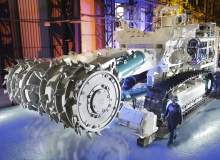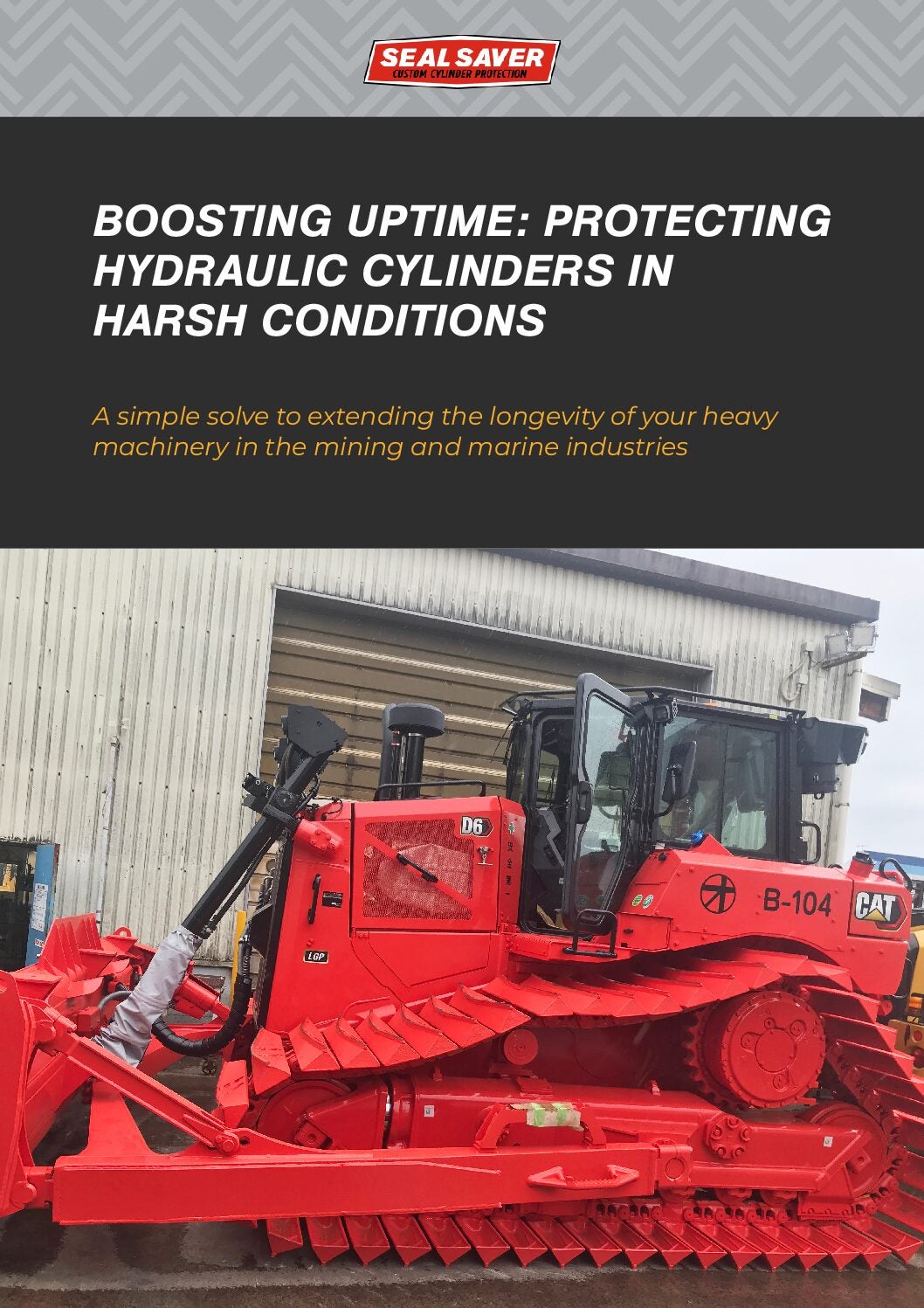

Earlier this month, Nautilus Minerals unveiled the three seafloor production tools (SPTs) it will be using for its first deep sea mining project. The machines, built by Newcastle-based subsea robotics manufacturer Soil Machine Dynamics (SMD), have passed factory testing and are scheduled for shallow water testing in early 2016.

US Tariffs are shifting - will you react or anticipate?
Don’t let policy changes catch you off guard. Stay proactive with real-time data and expert analysis.
By GlobalDataThe pioneering project aims to mine an area of approximately 0.1km2, 1.6km below the sea surface to extract volcanogenic seafloor massive sulphide (SMS) deposits of copper, gold, zinc and silver.
Nautilus Minerals estimates that mining the deposits from the Solwara 1 site in the territorial waters of Papua New Guinea could yield over 80,000t of copper and 150,000oz of gold a year using the SPTs. If the project is successful, the financial rewards could be huge for both Nautilus and SMD.
Meeting the design challenge
SMD faced a variety of problems when producing the SPTs. While the machines have been specifically created for the deep sea mining operation, the designers at Nautilus and SMD borrowed concepts from existing industries; cutter heads from tunnelling, dredging heads from dredging, and remotely operated underwater vehicles from offshore oil and gas. The companies also consulted a plethora of international suppliers, from Sandvik in Austria to Caterpillar in the US.
The completed SPTs are far removed from the first incarnation. "Originally the design was for one vehicle which was akin to a Swiss Army knife that could do all sorts of things in one chassis," says SMD principal engineer for subsea mining Nick Ridley.
However, a variety of in-depth desktop studies conducted over 12 months revealed that using one machine for the entire subsea operation just wasn’t feasible. The SMD team worked closely with Nautilus and its suppliers to come up with an alternate design involving three machines, weighing between 200t and 310t, each specialised for a different project phase.
Reaching the end conclusion wasn’t an easy process, according to Ridley. "The team has a saying: it’s not rocket science, it’s much more difficult than that.’"
The SPT process
SPTs form an essential part of a unique process to extract SMS deposits from the seafloor. The auxiliary cutter (AC) is the pioneering machine that will be the first to begin work on the seabed. As the most manoeuvrable machine, the AC will use its boom-mounted cutter head to forge a smooth path through the rough terrain.
The bulk cutter (BC) will then move along the prepared ground using its large drum cutter to excavate material from the seabed. Both the AC and BC will pump the extracted material to stockpiles, to be cleared by the collecting machine (CM).
The CM will be deployed just after the AC, gathering material from the stockpiles as they are formed and pumping it to a production support vessel (PSV), where it will be dewatered. Water will be returned to within 50m of the seabed.
Once the three SPTs are on the seabed, they will be operated simultaneously via remote control from the deck of the PSV.
On completion of Solwara 1, Nautilus intends to use the SPTs for other projects either in Papua New Guinea or Tonga. The entire infrastructure can be moved from one mine site to the next by the PSV.
"Along with high grades, this is one of the compelling factors in making seafloor mining economically feasible and advantageous to terrestrial mining," says Nautilus Minerals spokesperson John Elias.
Environmental concerns
Nautilus Minerals is entering unknown territory with its venture at Solwara 1, and has been heavily criticised by environmental groups for proceeding with the project.
"Building machinery capable of mining the seafloor may be a feat of engineering, but the real question is whether such seabed mining should be allowed to proceed at all, given the damage it will cause to marine ecosystems and the current lack of consistent and effective environmental regulations, especially within national waters," says Greenpeace senior scientist Dr David Santillo. "What Nautilus and others see as mineral-rich deposits ripe for mining also happen to be vitally important habitats for marine species, habitats that may be damaged irreversibly as a result."
Will it ever be possible to please miners and environmentalists alike?
Ridley says environmental concerns were a key driver for Nautilus, and the SMD team strived to find innovations and techniques to reduce the impact of the project on the oceanic ecosystem. One particular innovation worth noting is the design of the AC’s collecting capability.
"Once you have excavated the rock you want to make sure you get as much as you can up the pipe, as you don’t want to be spreading it around all over the seabed," says Ridley. "It has taken the dredging industry 100 years to get the efficiencies they are currently getting which, in the best conditions can gather about 50% of what it cuts. Our specifications are between 70% and 80%."
This development goes some way to allay fears about contamination of the deep sea environment, but as Ridley concedes: "The machines are a prototype, so there will be lots of lessons to learn."
A lucrative future
The SPTs passed factory acceptance testing earlier this year, so the next step is wet testing, which is due to begin early in 2016. The trials aim to ensure the SPTs are robust, well-constructed and have basic electrical and control functionality. Once they are completed, the SPTs will be taken to China to be installed on the PSV. Further testing details have not yet been released, although Nautilus has stated that the Solwara 1 project is scheduled to begin in 2018.
The intellectual property of the design for the SPTs is shared by Nautilus and SMD. If the Solwara 1 project is a success, the venture with SMD could be hugely profitable for both companies. As Nautilus holds around 450,000km2 of exploration acreage in the area, this could be just the beginning for this fledgling partnership.




